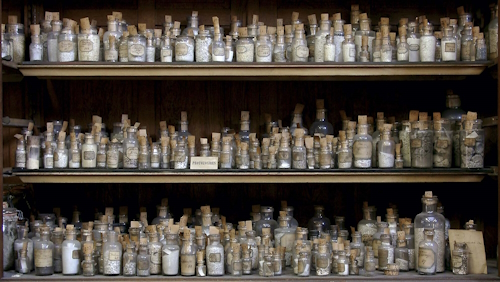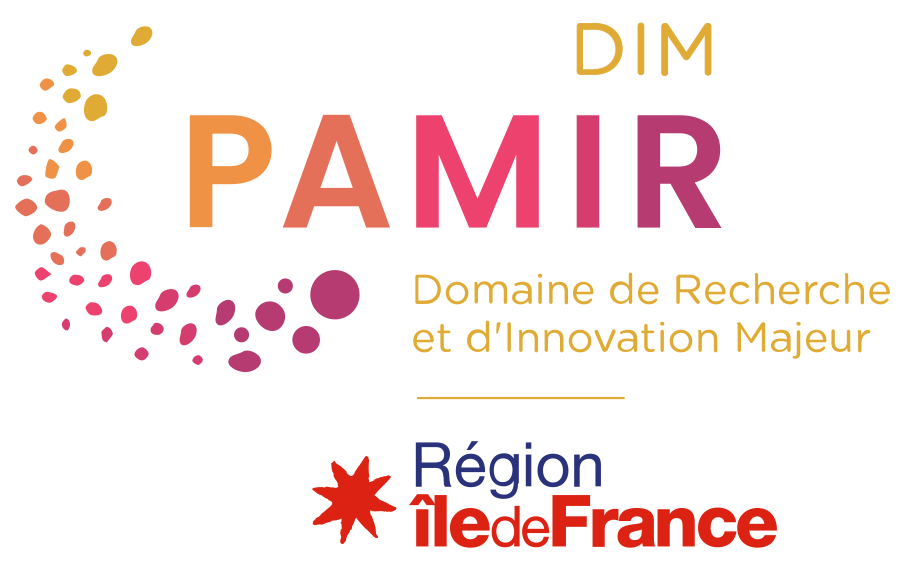
TRIMICROPAL
Microfossil sorter using machine learning techniques
Scientific responsibility :
- Annachiara Bartolini
- Marie-Béatrice Forel
- Delphine Desmares
- Vincent Rommevaux
- Sophie Sépulcre
- Pierre Sans-Jofre
- Sandrine Grouard
- Franck Bassinot
- Elisabeth Michel
- William Gray
- Morgane Fries
- Eva Moreno
- Tara Beuzen-Waller
Methodological axes :
Thematic fields :
Disciplinary sectors :
Funding :
- DIM PAMIR
- MNHN
- CR2P
- GEOPS
Project ID : IDF-DIM-PAMIR-2024-8-007
Summary :
The aim of this project is to acquire an innovative robotic machine, combined with machine learning techniques, to sort biocalcifying marine microfossils (foraminifera, ostracods) and other microscopic invertebrate and vertebrate remains. The species composition of their assemblages, their morphological variations, and the geochemical composition of their shells and skeletons are powerful biological archives of past climatic and environmental variations, of the evolution of marine ecosystems and their biodiversity. However, analyzing the biodiversity and morphology of these microfossils, as well as collecting monospecific specimens under the microscope for geochemical analysis, requires an enormous amount of time and effort. This is a major obstacle to exploiting their potential in palaeoclimatic and palaeoenvironmental studies. Recently developed robotic sorting machines automate these efforts, using artificial intelligence techniques to accurately identify microfossils down to species level. These machines are capable of sorting and classifying thousands of microparticles per day according to their morphology and size. They can also collect hundreds of thousands of individuals of the same species in vials for geochemical analysis. These techniques, which are not yet widely used in disciplines such as micropalaeontology, archaeology, palaeoclimatology and palaeoceanography, will make it possible to analyze ancient biological, climatic and environmental archives with unprecedented temporal and spatial resolution, opening up new frontiers in our understanding of climate change, atmosphere-ocean dynamics and the impact of human or natural phenomena (such as volcanism) on climate and environmental variability. They will also enable the development of automated biostratigraphy for dating sediments and innovative methods for the scientific exploitation of the large collections of micropalaeontology, archaeozoology and oceanic sediments housed in the Ile de France.
Legend: flasks of sand from the MNHN’s d’Orbigny collection, brought back by early XIXth century exploration expeditions around the world.

